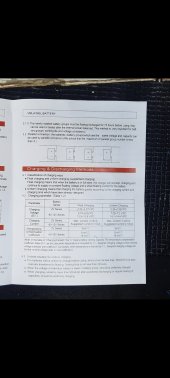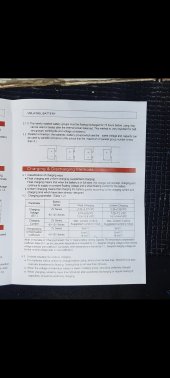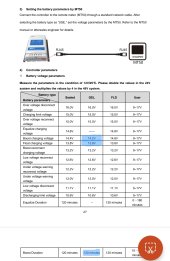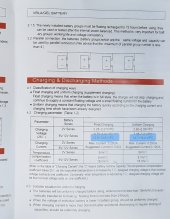In December 2022, I installed a 24v system with the following components:
2 x 12v Gel batteries
30Amp Epever Xtra 3210N charge controller
340W JA Solar mono panel,
According to the display on the charge controller, the batteries have always been dropping capacity (from 5 bars when full to 3 bars) immediately or within an hour after sunset or when I disconnect the solar panel even without load and a voltage of 27,5 volts. I turn my inverter on in the evenings and it runs overnight for lights and I also use it for minor charging during the day. In the morning there are still 3 or 2 bars battery capacity. I have never discharged the batteries 100%
Is there a problem with my batteries or my system?
2 x 12v Gel batteries
30Amp Epever Xtra 3210N charge controller
340W JA Solar mono panel,
According to the display on the charge controller, the batteries have always been dropping capacity (from 5 bars when full to 3 bars) immediately or within an hour after sunset or when I disconnect the solar panel even without load and a voltage of 27,5 volts. I turn my inverter on in the evenings and it runs overnight for lights and I also use it for minor charging during the day. In the morning there are still 3 or 2 bars battery capacity. I have never discharged the batteries 100%
Is there a problem with my batteries or my system?






